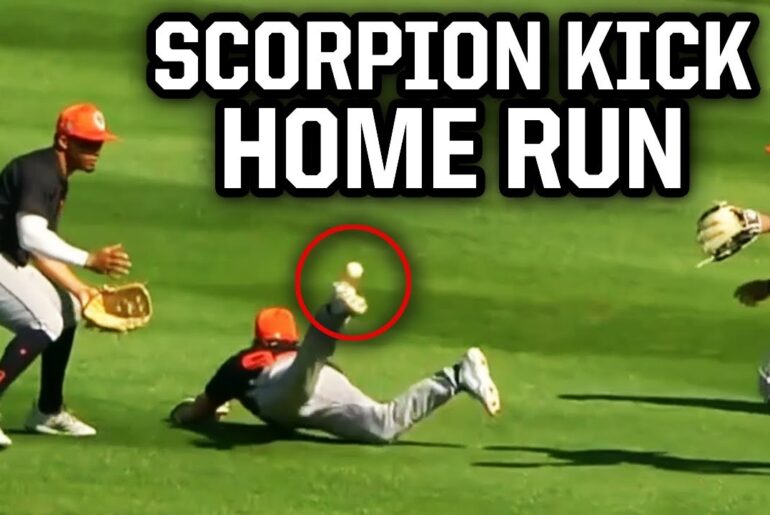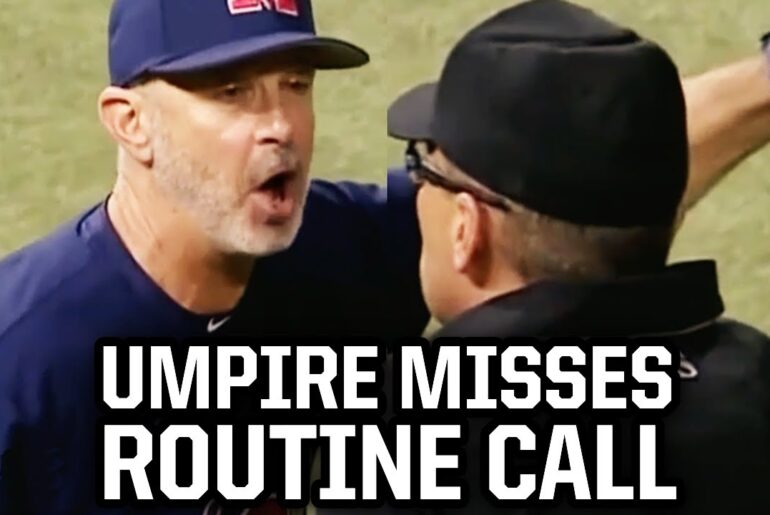In the world of baseball, strategizing and gaining an edge over the opponent is a constant battle. One intriguing aspect of this battle is the art of sign relaying between the catcher and the pitcher. Recently, a video clip from the second round of the SoCon championship featuring Wofford Mercer caught the attention of baseball enthusiasts on social media. This clip showcased a player’s attempts to decode the opposing team’s signs and relay valuable information to the batter. In this article, we will delve deeper into the clip, analyzing the tactics, failures, and possible motivations behind the player’s actions.
The Sign Relaying Game
Significance of Sign Relaying
Sign relaying plays a crucial role in baseball, allowing the catcher to communicate a specific pitch selection to the pitcher while preventing the opposing team from intercepting the signs. It is a strategic element of the game, providing an advantage to the offensive team if successfully decoded.
Seeking Clues on Second Base
In the video clip, the player on second base is seen attentively observing the catcher’s signs, searching for any discernible patterns or cues that could give the batter an advantage. This practice is not illegal and is widely accepted as part of the game. If the player on second base can spot a tip or sequence, it can greatly benefit his team.
Decoding the Changeup
During a particular pitch, the player on second base manages to identify the grip of the pitcher’s changeup—a Circle grip—and promptly relays this information to the batter. However, the batter fails to connect with the pitch, indicating a mismatch between the anticipated changeup and the actual fastball that was thrown. The player’s attempt to gain an upper hand seems to have backfired.
Seeking Visual Cues
The player’s focus remains on the catcher’s signs and the pitcher’s hand movements. It becomes apparent that he is keenly observing the pitcher’s glove, possibly looking for subtle hints of the changeup grip inside. This observation helps him successfully relay the changeup signal when the pitcher throws an 80 mph changeup, resulting in a ball.
Repetition and Missed Opportunities
In subsequent pitches, the player continues to relay the changeup signal, displaying persistence in his efforts. However, his accuracy fluctuates, and he misses a few changeups along the way. Despite this, he successfully relays the changeup signal twice in a row, drawing the attention and frustration of the opposing team’s dugout.
Adapting to Counteract
Realizing that the opposing player has deciphered their sign sequence, the dugout decides to switch to a different method of sign communication, using body parts instead of fingers and numbers. However, it is unclear whether the player on second base was genuinely interpreting the signs or simply focusing on the pitcher’s glove. This alteration in the sign system proves inconsequential, as the player’s team fails to capitalize on the new sequence.
Blatant Relaying and Head Games
The most intriguing aspect of this incident is the player’s overt and unmistakable relaying of signs. Typically, sign relaying is done through subtle cues, such as a foot movement or a slight hand gesture. However, in this case, the player boldly waves the changeup grip towards the batter, drawing attention to his actions. It raises the question of whether the relaying was intentional or merely a coincidental sighting of the grip by the player.
Conclusion
While sign relaying between the catcher and the pitcher is a common and accepted practice in baseball, the incident captured in the video clip provides an intriguing glimpse into the complexities of this game within the game. The player on second base exhibited a mix of accurate and inaccurate relaying, possibly motivated by gaining a mental edge or merely playing head games with the opposing team. Despite the blatant nature of his actions, his team failed to convert the advantage, and the opposing team ultimately secured the victory. This incident serves as a reminder that even the most calculated strategies may not always yield the desired outcomes on the baseball diamond.



